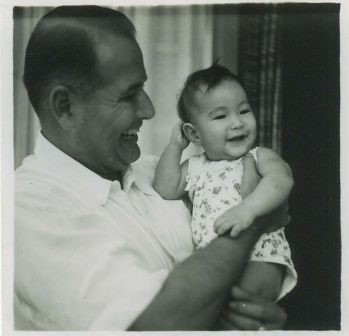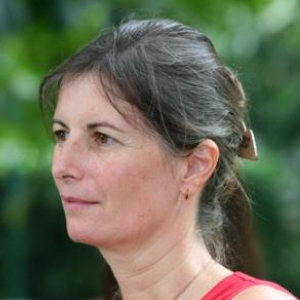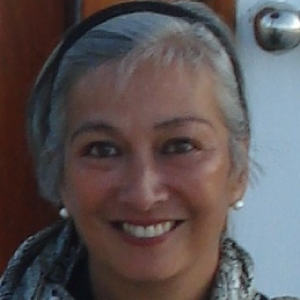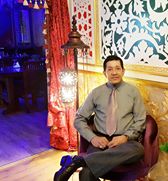A Brief Historical Background

How it all started…
The seed for this concept originated far earlier; from 1837 onward the great-great grandfathers came to Indonesia. The following generations were all born and bred on West Jawa.
Two men were destined to join up, although they never physically met; Kik Arriëns and Jurjen de Jong, son of a Royal Marine Officer and Pharmacologist, assigned by the Dutch Government set up pharmacies on West and Mid-Jawa. Jurjen was born in Sukabumi, where the building is still being used as a pharmacy ”Apotik Gedeh” and is now owned by Kimia Pharma.
Kik married a descendant of the Sultan of Surakarta and remained in Indonesia until 1951, working on Bali, Flores and Lombok. Jurjen was sent to the Netherlands to study pharmacy, but his real interest was in Chemistry, so secretly he went to Delft TU, where he met Hatta. Later on, in the course of events he met Soekarno in Bandung. As his father insisted that Jurjen would focus on pharmacology, he was forced to go to Leiden University, where he became the assistant of Professor van Itali and completed his studies there.
After the 2nd World War he returned to Indonesia and married my mother and I was born in Jakarta on the 14th January 1956.
The two men may or may not have met in Indonesia, but there were three very important things they had in common;
- Their great commitment and love for Indonesia and the need for their own independence,
- Their vision regarding the obligation one needs to fulfill in caring, sharing for and with those who have not been as fortunate to have a stable background,
- They both fathered daughters whom they raised with the same ideals.

Leading up to the establishment of Foundation Kebon Sepatu NL*
The two daughters became very close friends and when I visited Christiane in Thailand in 2004 she encouraged and supported me to keep the promise I made to my mother and visit Indonesia for the first time since 1957, when my parents had decided to return to the Netherlands. Jurjen, my father had passed on in 2000 and my mother was very ill.
Before I left her in the Netherlands, she had asked me to visit Sukabumi and Bandung to retrieve soil from their birth ground, to mingle with the ashes of my father and herself once she would also die. I left my children with Christiane and her husband and started my journey to the past with fear in my heart.
What would I find? Memories returned to me when I was a child sitting on my father’s knee and his stories of long forgotten times, full of homesickness and yearning for a land he felt he had deserted in time of need.
Gatherings at my parents’ house, rooms filled with aunts and uncles sharing the same experiences and history, but always stories filled with a certain sadness and longing, particularly when they recalled the tastes of various fruits, ingredients and spices, at that time impossible to get in the toko’s already established in the Netherlands.
When I saw the first atolls of the Jawa Sea, I wondered how I was going to cope with all these emotions. But when I arrived at the customs office, a very serious and stern looking officer examined my passport, finally looked up at me and smiled: “welcome home!”, he said.

Establishing the Yayasan Kebon Sepatu Indonesia
As Christiane and I decided to establish the Stichting Kebon Sepatu in honour of our fathers and will continue their hopes and dreams for Indonesia and the Indonesian people with our whole heart and passion.

We found my Co-founder of our sister-foundation, Yayasan Kebon Sepatu*, in the person of Irawansyah Tasrif,
who has supported the Mission and Vision right from the start – for this we cannot thank him enough and for me personally, he is not only a friend but also a most trusted advisor.
The Board of Directors in the Netherlands and in Indonesia, together with the operational project team on Lombok assist the Foundation Kebon Sepatu and their counterpart Yayasan Kebon Sepatu in putting all their talents, expertise and experience toward the well-being of the people of Indonesia.

*) The name of the Hibiscus knows several translations in different dialects. The most commonly used is Kembang Sepatu or Bunga Sepatu. Literally translated this means “Shoe-flower”. The reason for its name is because the shoe-shines in the street used the fresh flowers to polish up the Shoes of their customers. The Foundation aims to realize projects, in the same pragmatic way the shoe-shines on Java apply the use of the flower. For this reason, the Foundation decided upon a symbolic interpretation; a beautiful gathering place for a diversity of projects, that lead to the same goal.
Support our projects to help us educate locals on Lombok for a better future of the youth.

